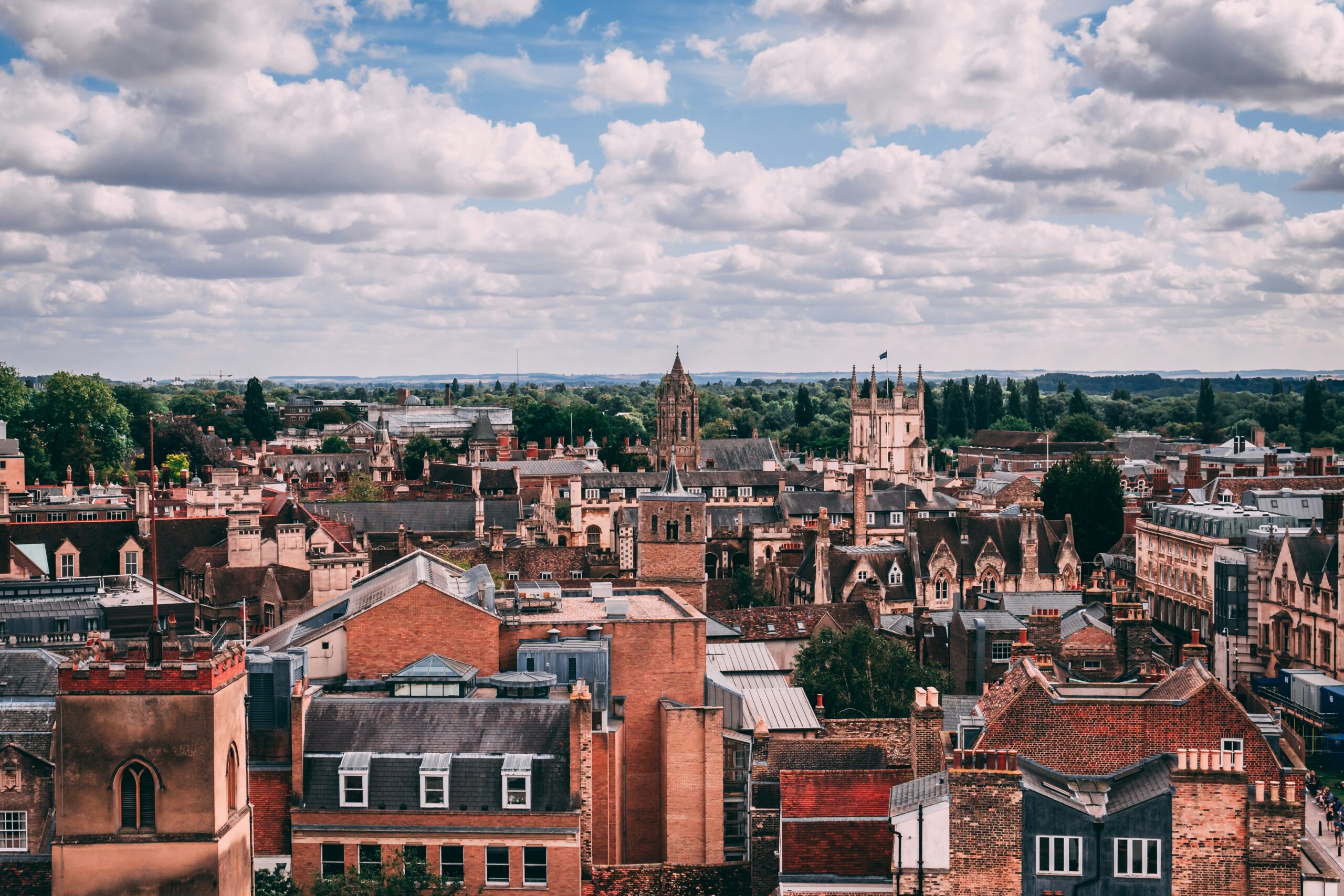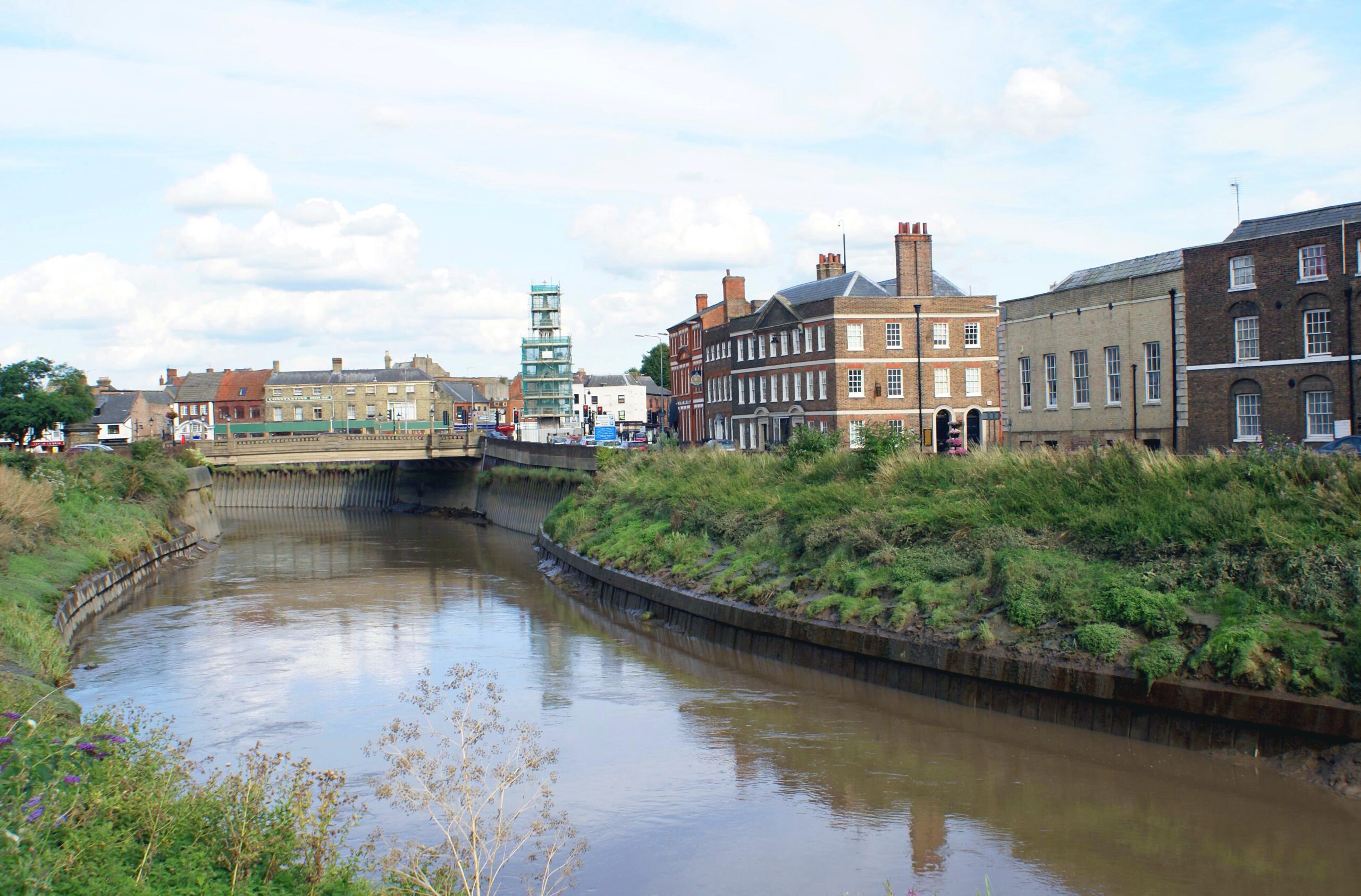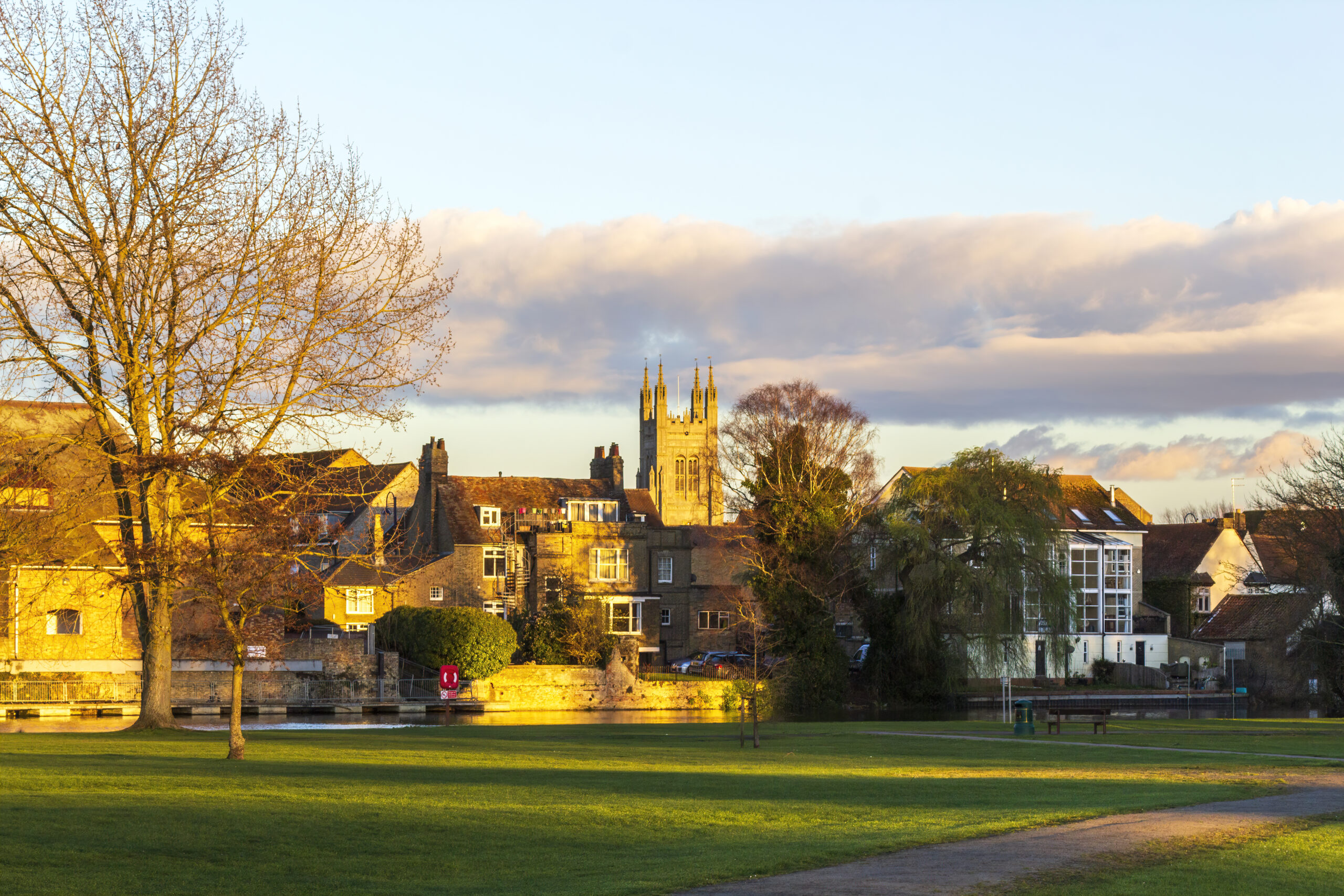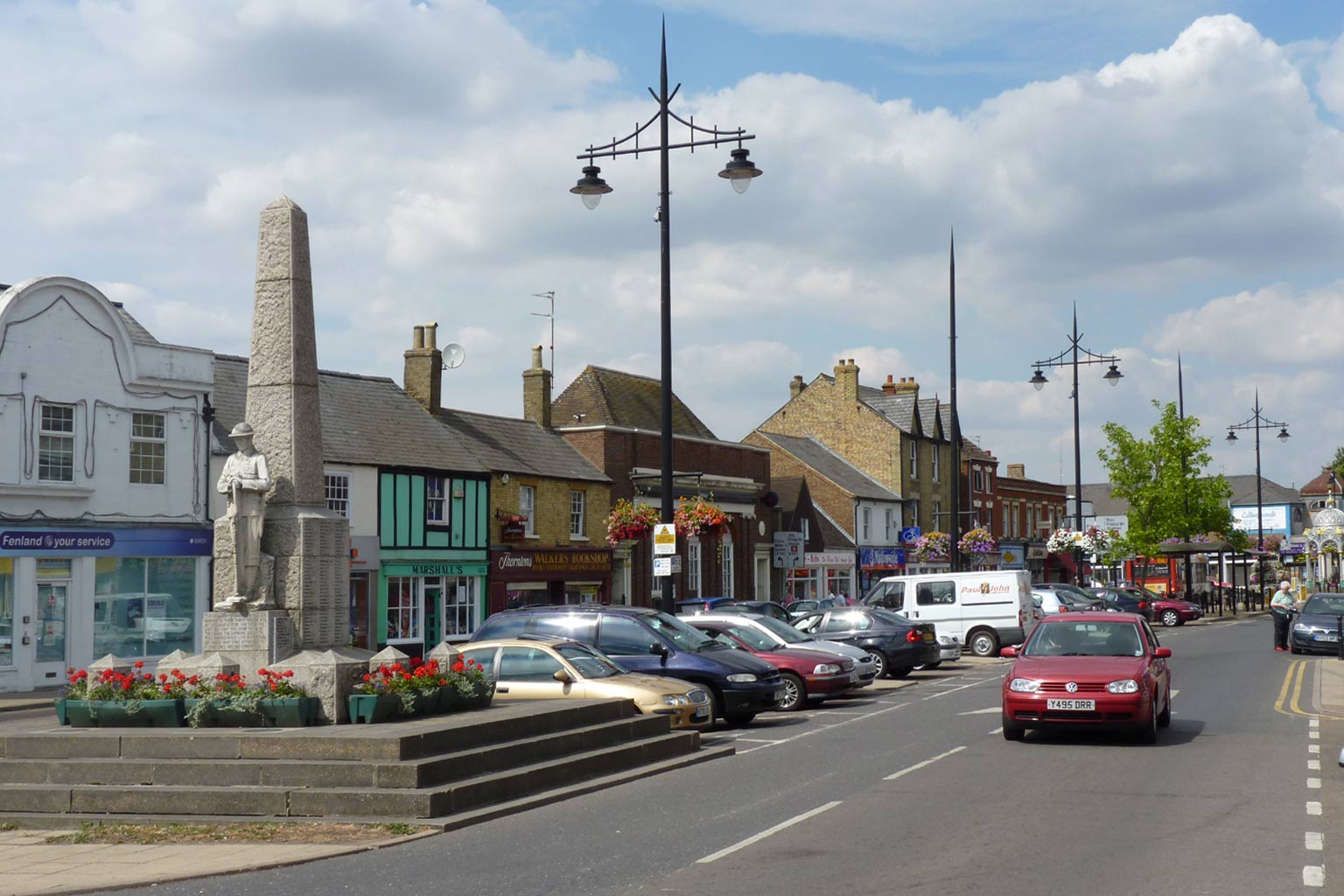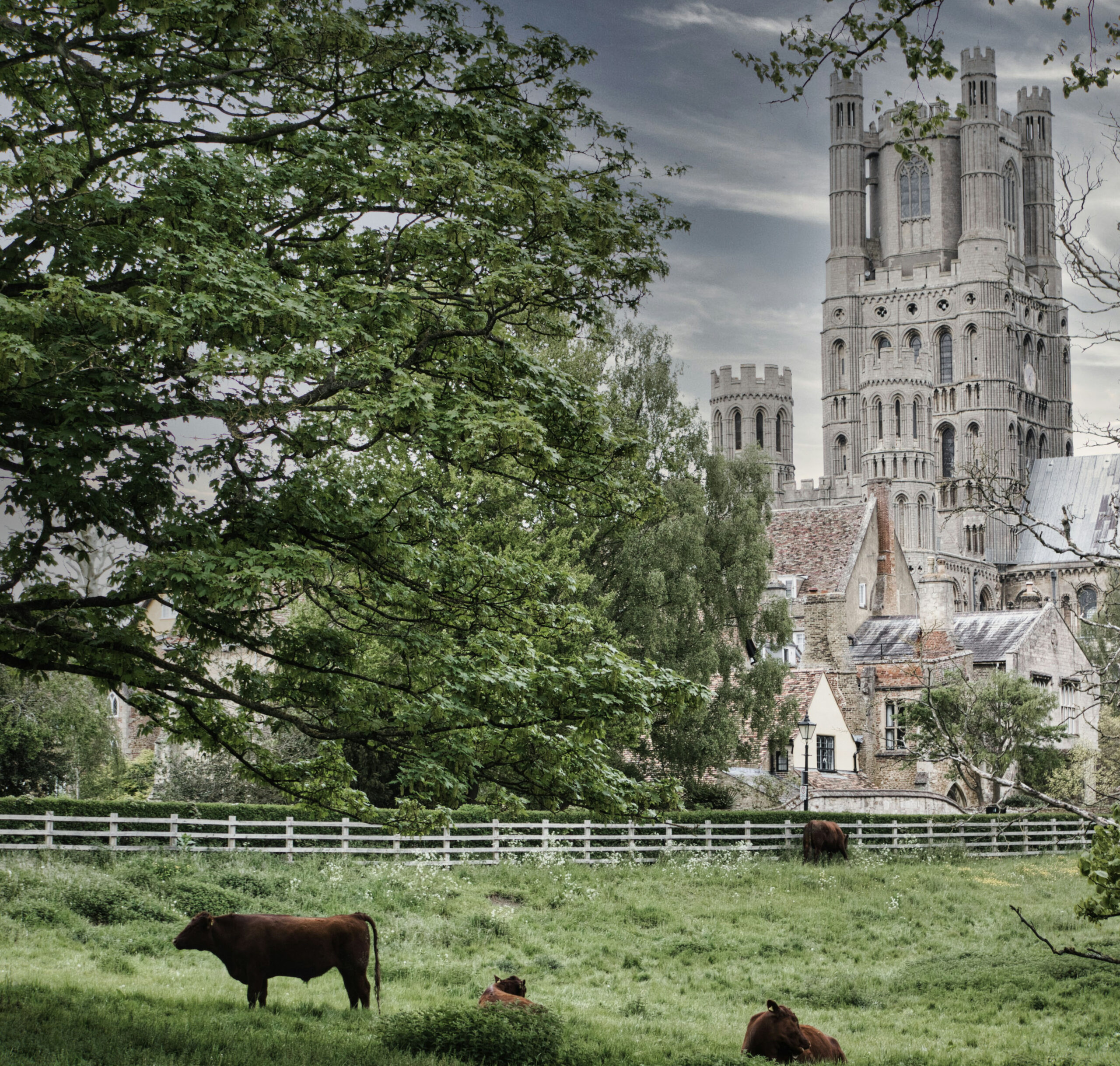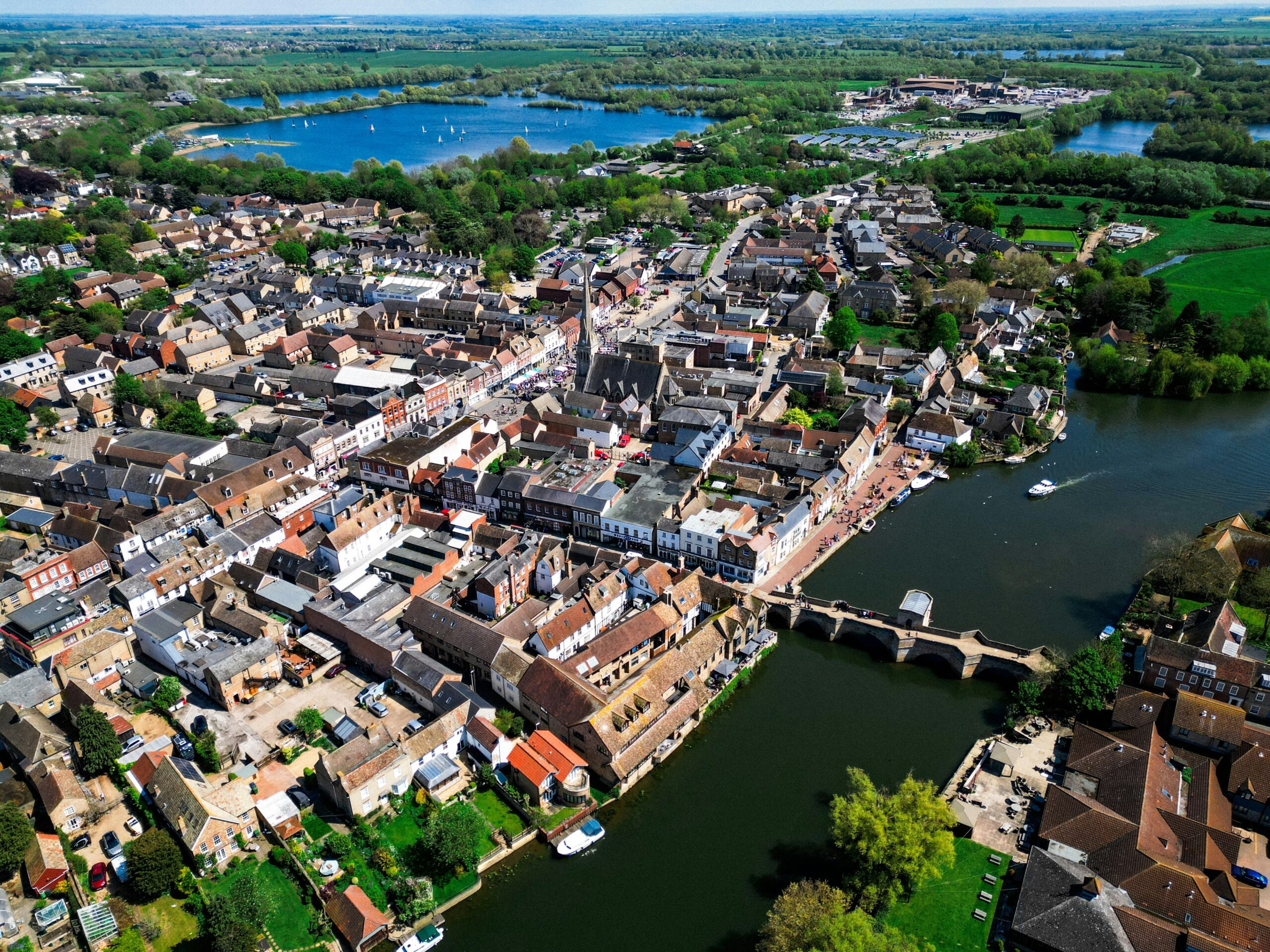Peterborough
Peterborough is the largest urban settlement in Cambridgeshire. Home to just under 180,000 people, it is located on the River Nene.
The city boasts a lively theatre scene, plenty of shopping and dining options, as well as a variety of historical attractions.
Peterborough biggest claim to fame is its cathedral, one of the best preserved Norman structures in England. Established as a monastary in 655, it was the resting place of Henry VII's first wife, Catherine of Aragon as well as Mary, Queen of Scots (although the remains of Queen Mary were later moved to Westminster by her son).
Cambridge
Home of the historic Cambridge University, this city is also the county town of Cambridgeshire. It has a population of approximately 150,000 people, making it the second largest urban settlement in Cambridgeshire.
While Cambridge has plenty of history, with Roman and Medieval sites found within its boundaries, it is also a forward looking city; Cambridge is the centre of what is sometimes called Silicon Fen. This cluster of high technology businesses is due to the presence of Cambridge University, and the resulting technological spinoffs.
Wisbech
Sometimes called the Capital of the Fens, Wisbech has a population of just over 30,000 people.
The River Nene runs through the town, and there are two bridges spanning this important waterway.
Wisbech is renown as the site of several well preserved examples of Georgian architecture. For history buffs, the Wisbech and Fenland Museum is one of the oldest in England.
St. Neots
Named after a ninth century monk, whose bones were brought to the local priory around 980 AD, St. Neots today has a population of just over 33,000.
The town is located on the River Great Ouse. Like many towns in the area, it has been inhabited since the Iron Age, and there was a limited Roman presence in the area from the 1st to 5th Centuries.
The town is the site of the St. Neots Festival, a two day arts festival that will be held in Priory Park on July 6th and 7th, 2024.
Huntingdon
Notable as the birthplace of Oliver Cromwell, Huntingdon is located on the River Great Ouse, across from the town of Godmanchester.
Huntingdon was founded around 921 by the Danes and the Anglo-Saxons. Prior to that, there is plenty of evidence of a Roman presence in the area, including a massive Roman coin hoard found in 2018. Before becoming part of Cambridgeshire, Huntingdon was the county town for the old county of Huntingdonshire.
Arguably the top attraction in the town is the Cromwell Museum, a tribute to one of the most important and controversial figures in English history.
March
Located in the Fenland District of Cambridgeshire, March has a population of over 22,000 and is located on the banks of the River Nene. It is a traditional market town, with a long history and a traditional English vibe.
Boaters on the River Nene can take advantage of free moorings in the town centre.
The town is the site of the Fossils Galore Museum and historic Saint Wendreda's Church.
Ely
Until the seventeenth century, Ely was an island surrounded by the marshy Fenlands. However, when the Fens were drained, Ely was no longer an isle, and was surrounded by rich peat soil that was suitable for farming.
Today Ely is a town of just over 20,000 people, dominated by the Ely Cathedral (known as the 'Ship of the Fens'). This Norman built church took 300 years to construct.
During the May Bank Holiday weekend, the town celebrates Eel Day, in honour of it's namesake (eel fishing was an important industry in the town prior to the drainage of the Fens).
St. Ives
St. Ives in Cambrideshire (not to be mistaken for St. Ives in Cornwall) is a market town with roots back to medieval times. It is located on the north bank of the River Great Ouse.
Today St. Ives has a population of approximately 16,500, and is located in the Huntingdonshire district of Cambridgeshire.
In the centre of St. Ives is a statue of Oliver Cromwell, surrounded by a number of shops. The town is famous for its markets. On Monday and Friday mornings numerous stalls are set up in the town centre, with merchants plying a variety of goods, including fresh vegetables, fish, meats and clothing. As well, on the first and third Saturday of the month there is a Farmer's Market.


